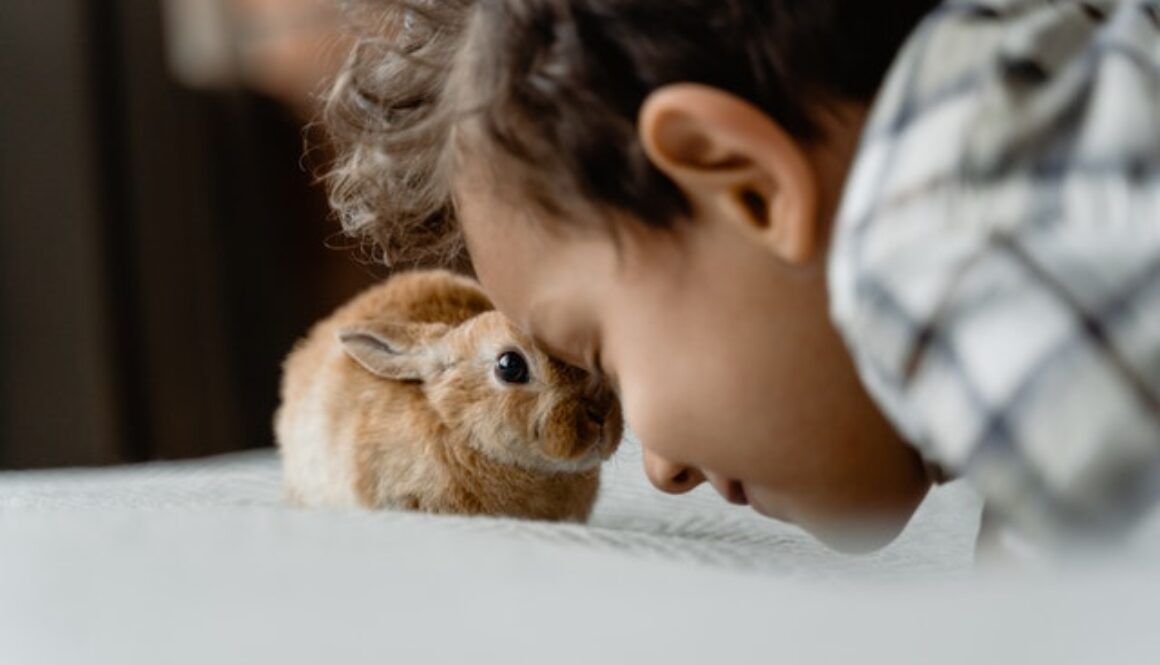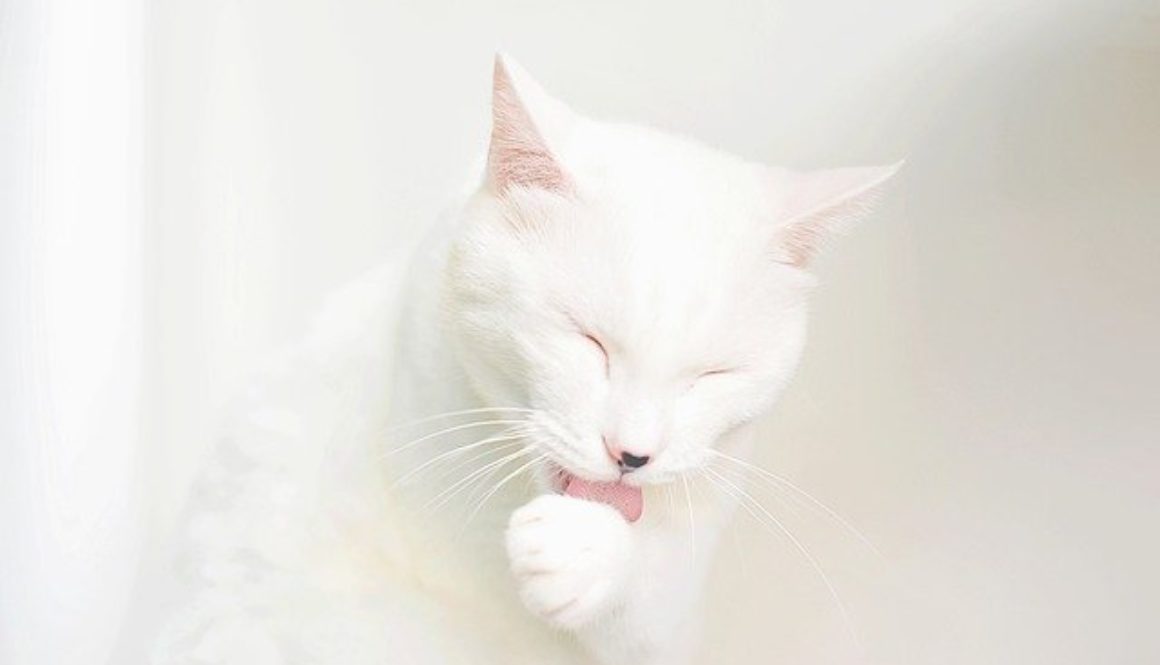What Type of Rabbit Breed Should You Adopt?
For a social, caged, non-odorous pet, consider adopting a rabbit! Beyond being uber-concerned with cleanliness, they have many characteristics which make them well-suited to those who want a quiet, indoor pet, especially when living in a smaller living space.
Intelligent and playful animals, rabbits make excellent companions as they are interactive like dogs while being more trainable than cats. And those who prefer to keep accidents to a minimum will be happy to learn rabbits easily learn to use a litterbox. Plus they don’t yowl, bark, or have loud vocalizations.
Beyond the basics of caring for your pet rabbit, here are a few breeds to consider.
Rex. These velveteen rabbits’ fur gives an enjoyable tactile experience – shown by research to reduce stress and lower blood pressure. These do not have issues with their teeth growing in at odd angles which would require filing down. Their straight ears mean few if any ear infections which lop-eared rabbits are prone to and come in mini and standard sizes, as well as a multitude of colors.
Himalayan. Contrary to the name, no proof exists that these originated in the Himalayas; however, these small to mini-sized rabbits only grow to between two and a half to five pounds. Sensitive to cold temperatures, a Himalayan won’t require as large a cage and are not as at-risk as other rabbit breeds for disease. Gentle, firm correction will teach them to trust you.
Havana. The name stems from their color being akin to the cigar, not the country, and these medium-sized rabbits reach 4.5 to six pounds full-grown. Living for between five and eight years, they come in four colors. What makes them ideal? They love to bond with their family and do not need much maintenance. Plus, they, like other rabbits, are highly trainable.
In addition to choosing your breed, make sure to keep these in mind for a happy rabbit.
Habitat. Introverts in the animal world, rabbits love having a place to feel safe and hide, in addition to jumping and digging. The floor should be covered in a soft material to prevent hock sores (wire flooring can damage their paws). Avoid pine or other wood shavings though, as they can be toxic especially when your rabbit ingests them. They’ll also need access to fresh water in a bowl or water bottle.
Play. Certain durable plastic cat, bird, or baby toys will provide them with a means of amusing themselves since they love to chew and throw things. Rabbits also enjoy playing with balls, pushing them around with their noses. This will also prevent them from chewing on their cage.
Bed. Set up a quiet zone for sleeping, like a small cardboard box with a hole cut into one corner. Even though rabbits enjoy being social, they need a getaway to feel safe and have some privacy. They might enjoy having a rabbit-safe blanket to make a nest for themselves. Check with your vet and pet store.






